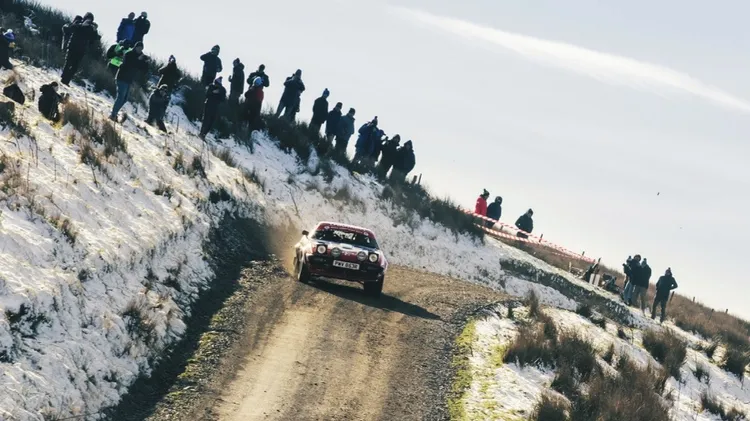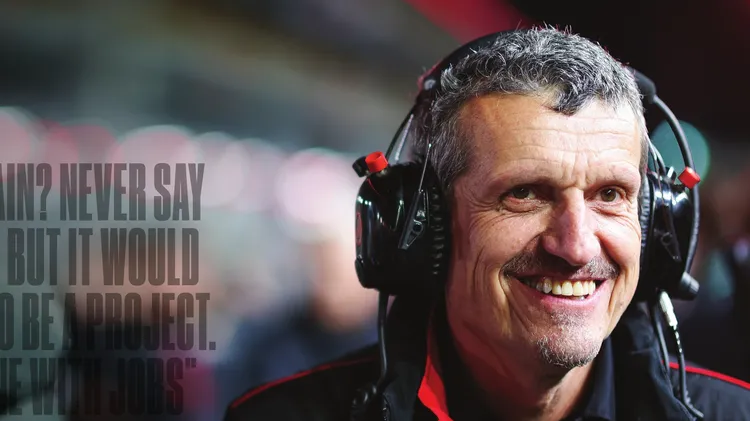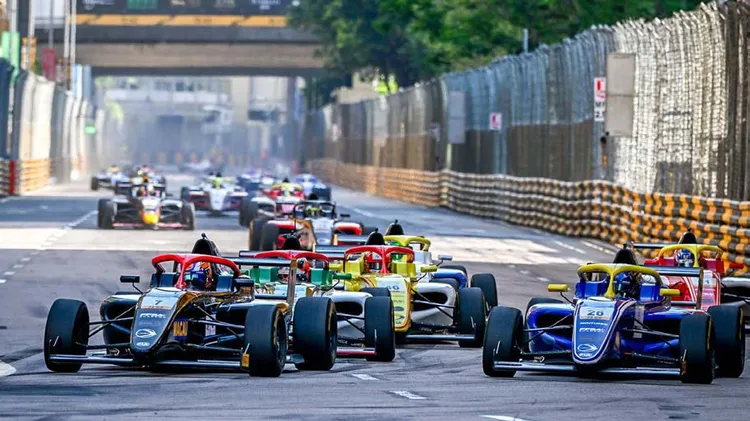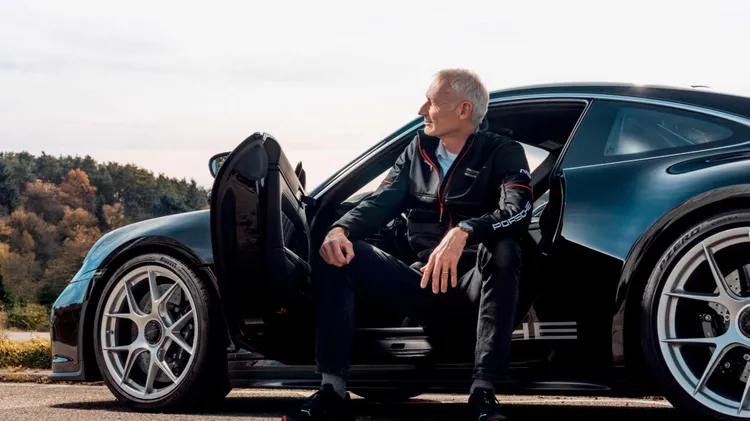Ayrton Senna is more than a memory. He’s an ideal – and, 30 years after his tr
In his name
3 min read
This article is from...
Read this article and 8000+ more magazines and newspapers on Readly






